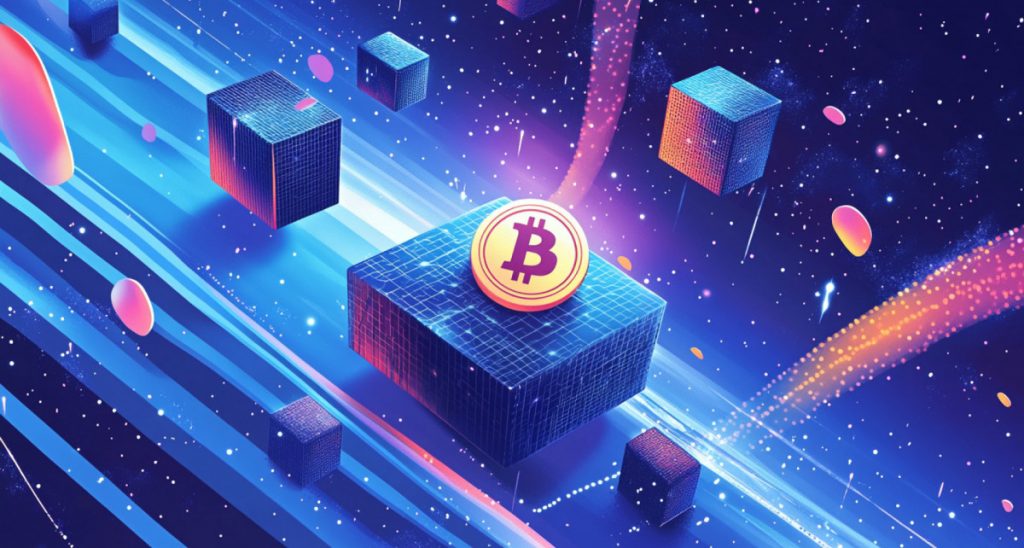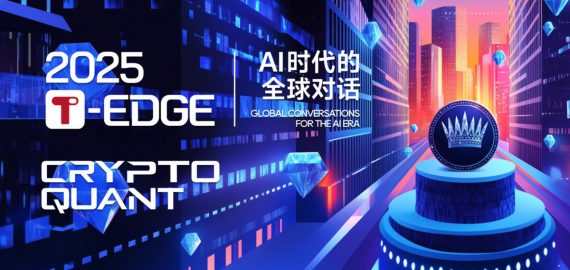Solv Protocol Launches BTC Staking On Mainnet, Creating Secure And Scalable Infrastructure For Earning Yield


In Brief
Solv Protocol has enabled Bitcoin staking using its mainnet staking solution, creating a secure and scalable infrastructure that allows BTC holders to earn yield while preserving the integrity of Bitcoin’s architecture.

Bitcoin staking platform Solv Protocol announced that it has enabled Bitcoin staking using Solv’s mainnet staking solution. By creating a secure and scalable infrastructure, the platform allows Bitcoin holders to earn yield while preserving the integrity of Bitcoin’s native architecture.
When staking 1 BTC via Solv Protocol on the mainnet, the process involves several steps. First, users must connect both their BTC wallet and an Ethereum Virtual Machine (EVM)-compatible wallet to the platform, initiating a transaction that sends the BTC to Solv’s Vault. This transaction includes the hash of the EVM chain ID, token address, and wallet address within the OP_RETURN field.
Once the transaction is sent, Solv Protocol begins its review process. The system first checks the transaction’s confirmations, amount, structure, blacklist status, and other parameters. If the transaction passes the automatic review, it is signed with Solv’s auto-sign key and stored in the database. After the transaction is recorded, it triggers a smart contract call from Solv’s wallet. A corresponding amount of SolvBTC, based on the current staking price, is minted, verified, and sent to the user’s connected EVM-compatible address.
If the user decides to unstake the 1 BTC in the future, Solv will retrieve the relevant transaction details from its records. Once everything is confirmed, the transaction is signed, and the smart contract allows the user to reclaim their BTC, burning the corresponding LST token to complete the process.
Key Mechanisms Of Bitcoin Staking On Solv Protocol
Solv Protocol employs several key mechanisms to ensure its process is decentralized, private, scalable, and secure.
One of the most critical components in the Bitcoin staking process on Solv is the connection between your BTC wallet and an EVM-compatible wallet. The validity of user transactions relies not on a centralized database but on a hash value stored in OP_RETURN. This allows any validator or auditor to independently verify the transaction by hashing the EVM-compatible wallet address, token address, and chain ID. Although this hash is publicly available, it serves merely as a digital fingerprint and does not expose any sensitive information about the user’s wallet or transaction. Only authorized entities can access this data to verify the transaction.
Moreover, OP_RETURN can store a maximum of 80 bytes of data, meaning that by only storing the hash, the system reduces computational overhead, making Solv’s staking process more scalable and less burdensome on on-chain storage.
Solv Protocol also incorporates a multi-layer validation system that emphasizes strict signature authorization. Each step in the staking process requires explicit signatures authorized by Solv, ensuring that unauthorized access attempts are blocked through a rigorous verification procedure.
Disclaimer
In line with the Trust Project guidelines, please note that the information provided on this page is not intended to be and should not be interpreted as legal, tax, investment, financial, or any other form of advice. It is important to only invest what you can afford to lose and to seek independent financial advice if you have any doubts. For further information, we suggest referring to the terms and conditions as well as the help and support pages provided by the issuer or advertiser. MetaversePost is committed to accurate, unbiased reporting, but market conditions are subject to change without notice.
About The Author
Alisa, a dedicated journalist at the MPost, specializes in cryptocurrency, zero-knowledge proofs, investments, and the expansive realm of Web3. With a keen eye for emerging trends and technologies, she delivers comprehensive coverage to inform and engage readers in the ever-evolving landscape of digital finance.
More articles

Alisa, a dedicated journalist at the MPost, specializes in cryptocurrency, zero-knowledge proofs, investments, and the expansive realm of Web3. With a keen eye for emerging trends and technologies, she delivers comprehensive coverage to inform and engage readers in the ever-evolving landscape of digital finance.


















































